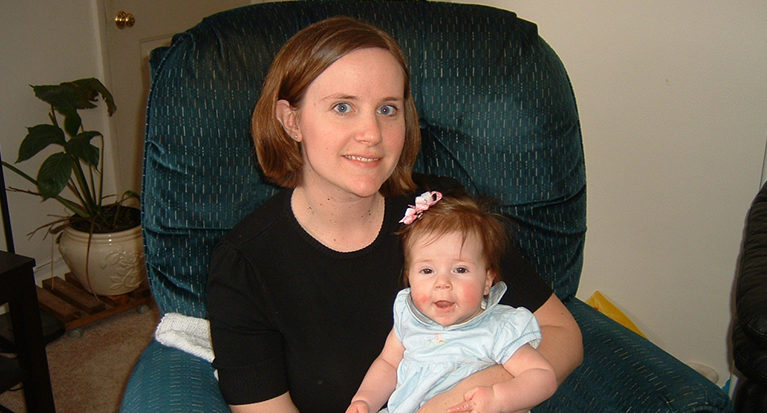Many people are nervous about giving blood. The thought of anything related to a needle is enough to make their hair stand on end. There is one way, however, to give a potentially life saving blood gift without suffering any anxiety.
“It’s an easy thing,” said Mary Sumners of Grand Rapids. “It’s super easy to do. I don’t usually give blood, so it was a great way to give something.”
This super easy thing is donating umbilical cord blood after childbirth. Cord blood is a rich source of adult stem cells. According to Cryobanks International, a Florida cord blood bank, these cells can be used to treat over 75 health conditions including leukemias, anemias and lymphomas. It is particularly useful in bone marrow transplants, since the cord blood does not have to match a patient’s tissue type as closely as donated bone marrow does according to the National Marrow Donor Program, which handles the national cord blood donor registry.
Donation involves the hospital sending the umbilical cord and placenta to cold storage after the birth. No extra surgical steps are taken with the mother or the baby. If a patient doesn’t specify what to do, the umbilical cord and placenta are simply thrown away as medical waste.
Mary points out cord blood is a readily available alternative to using human embryonic stem cells, which are obtained from killed human embryos.
“Why are we fighting about embryonic stem cell research when there are so many other ways to get stem cells? It’s just so easy to do, you make one phone call and fill out some paperwork,” she said.
Mary and her husband Steve learned about it from the information their obstetrician gave them when Mary became pregnant. She said she called a cord blood bank, filled out some paperwork, and brought a kit with her when she was due for her c-section delivery of Gwen, who is now four-months-old. The hospital took care of the rest after the birth.
“I called West Michigan Blood Centers,” Mary said. “They send a kit with everything the doctor needs and a medical history questionnaire. You just have to keep the kit until the birth. All I had to do was give the hospital the kit.”
The National Marrow Donor Program recommends contacting cord blood banks at least a month before the due date. Mary recommended starting the process sooner, since she ran out of time with donating the cord blood of her two-year-old daughter Anna.
“Make sure you call early and get it taken care of right away,” Mary said. “If you don’t know where you can call just talk to your doctor.”
Mary said that many young people like her don’t know about this. She complained that the obstetricians for both her daughters didn’t mention the possibility of donation; she had to learn from literature tucked away in a packet of pregnancy information she received from her doctor.
“Why in the world would you not do it? A lot of people don’t know,” she said. “The media doesn’t really talk about it.”
Mary said she would love if more people made decisions to donate cord blood, and said she wished more people knew about this potentially life-saving gift.
For more information on umbilical cord blood donation, visit the National Marrow Donation Program website at www.marrow.org.
